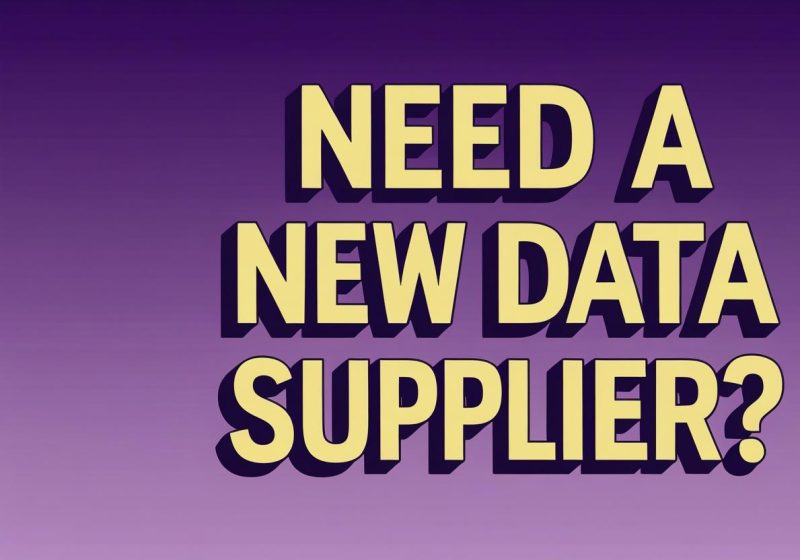If a marketing campaign is going to be successful, understanding the target market is critical. You can’t target everyone, as everybody has different interests and buying habits. Plus, sending information about your products and services to people who are just not interested is a waste of your time and money.
So, how do you define your target market?
1. Picture your customer as an individual
Think about the characteristics of your ideal customer. Start with general facts, such as whether they are male or female, their age, or geographical location – this is your demographic.
Once you have a broad idea of who you want to target, narrow this down with specific characteristics or psychographics. Are you looking to target people who work in certain sectors? What is their marital status? What are their interests? What kind of sense of humour do they have? Where do they shop?
Answers to these questions may seem unnecessary on the surface, but these factors will all have an influence on whether the individual may become a customer. Narrowing down your target to a particular group who are interested in your business will result in more positive responses to your campaign.
2. Examine your current customer database
A good way to get an idea about the characteristics of your customers is to look at your existing customer database.
Compare the details from your previous customers and see if you can find common traits. If you can find patterns, these are good places to start. A common trait in existing customers will give you an idea of the types of people who are likely to place business with you.
3. Know how your product benefits the customer
To gain interest in your product, you need to look at how it helps the customer. You may know all the features, but you also need to know how these features will improve your customers’ lives and businesses.
Outlining the benefits of your product will give you an idea of the types of people that would get the most value from it. These are the people that you need to target to make your campaign successful.
4. Look at your competition
Take a look at who your competition are targeting. If you notice a particular group of people have been missed out, this would be a good time to target them. Reduce your competition by targeting different groups and you could even discover a niche market.
Need some help?
If your business needs a reliable source of new contacts, we can help at Selectabase. We provide local and national business and consumer mailing lists. For more information, contact us on 01304 383838 and one of our team will be happy to help.






